Cryptocurrencies were in free fall again on news that Celsius Network, one of the biggest crypto lenders, paused withdrawals, swaps and transfers on its platform. In the background, bitcoin and ethereum were already under pressure last week, as risk-off sentiments intensified after data showed reacceleration in consumer inflation in the US.
The breach of 25083 support in bitcoin suggests that medium term down trend is ready to resume. 20k handle is the next target but in could indeed fall to as low as61.8% projection of 48226 to 25083 from 32686 at 15258. Overall outlook will stays bearish as long as 32368 resistance holds, even in case of strong recovery.
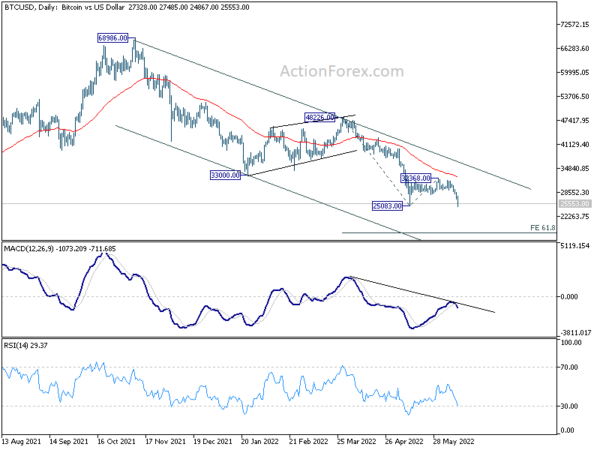
Ethereum is also extending the down trend from 4863. 1000 handle is the next target but it could fall to as low as 100% projection of 4683 to 2157 from 3577 at 870. Outlook will stay bearish as long as 1674 support turned resistance holds, in case of recovery.
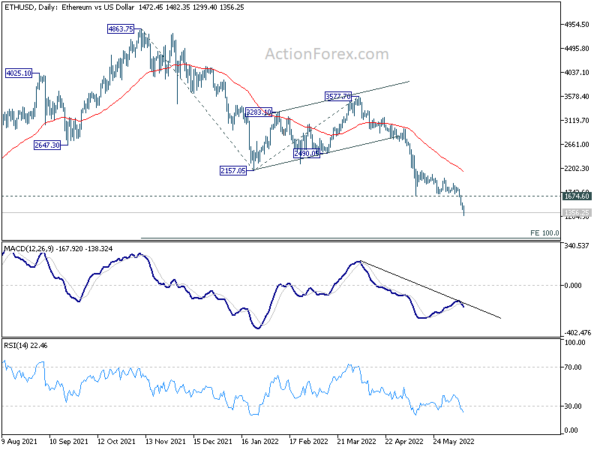




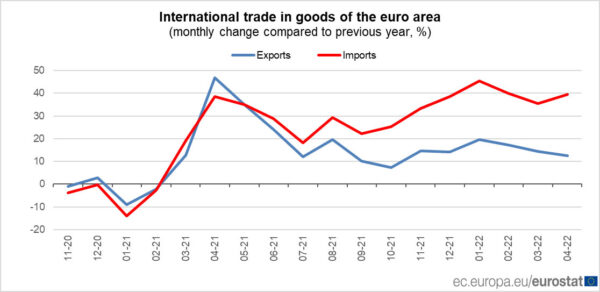
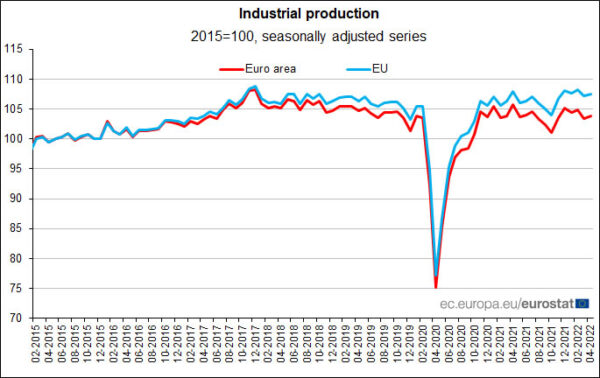
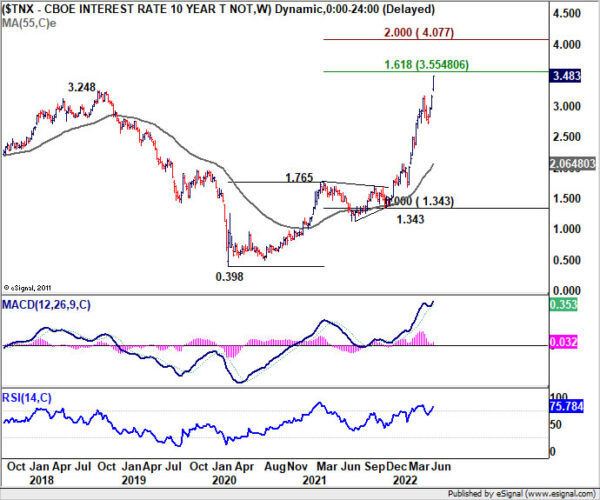
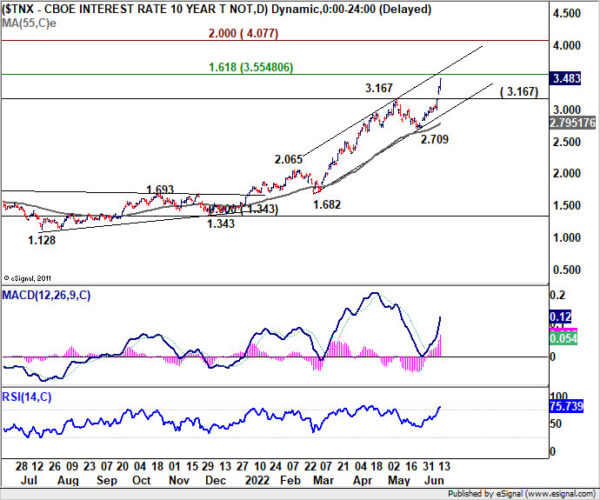

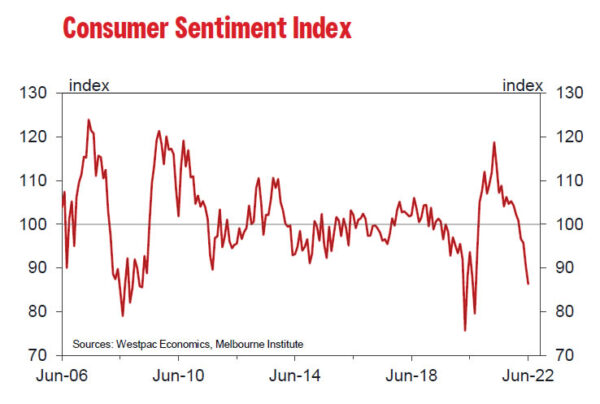
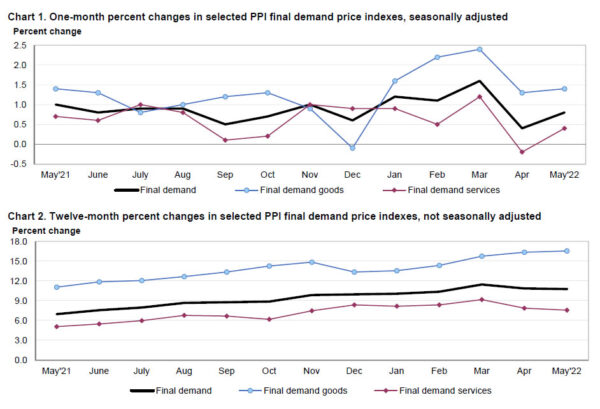
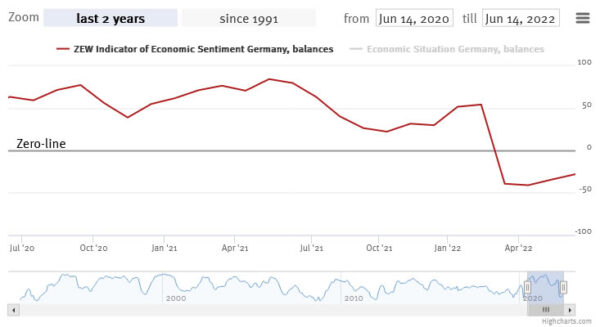
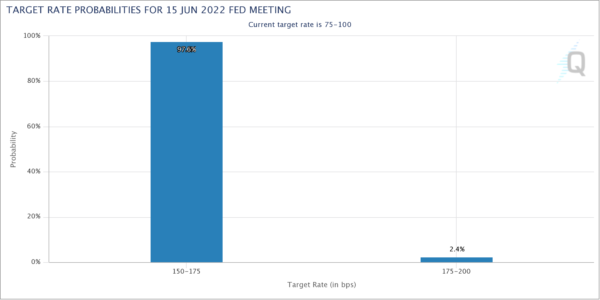
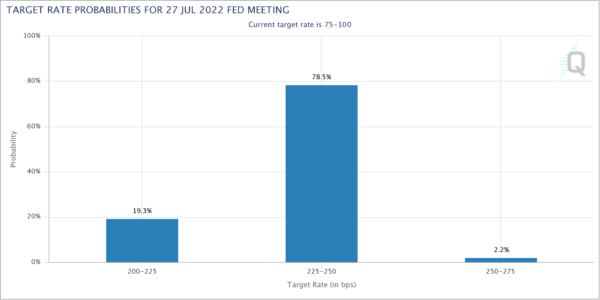
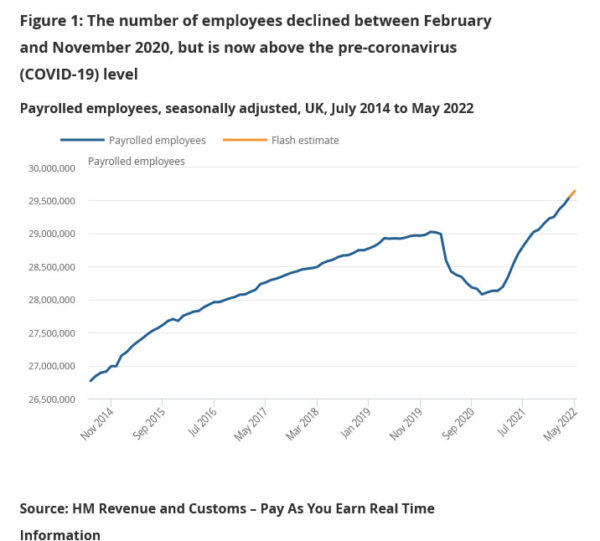
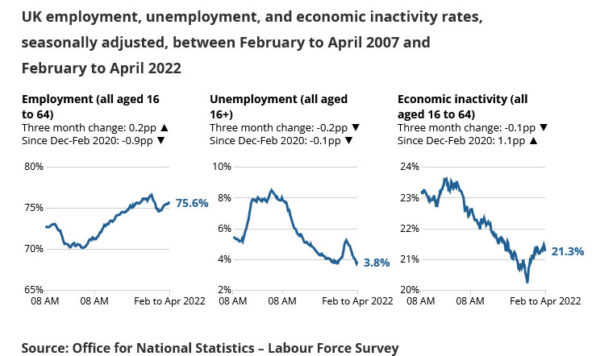
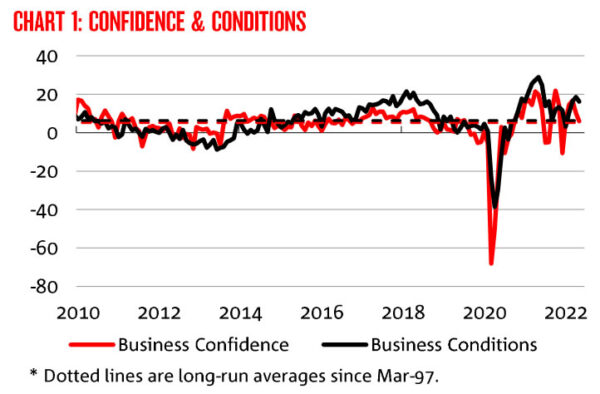
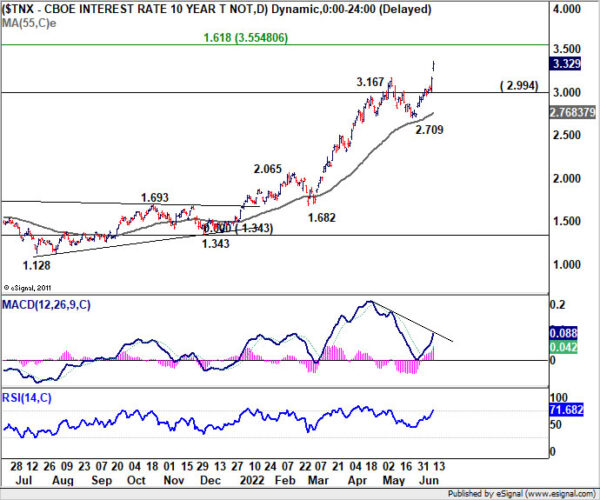
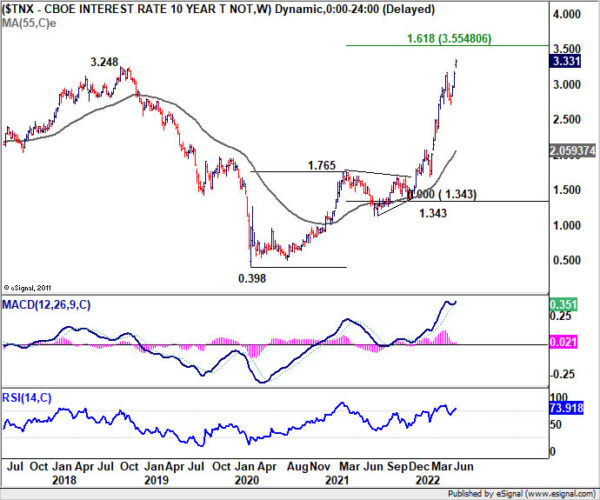
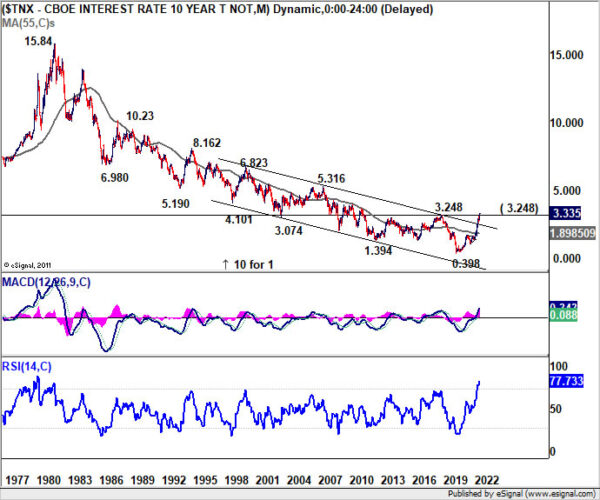
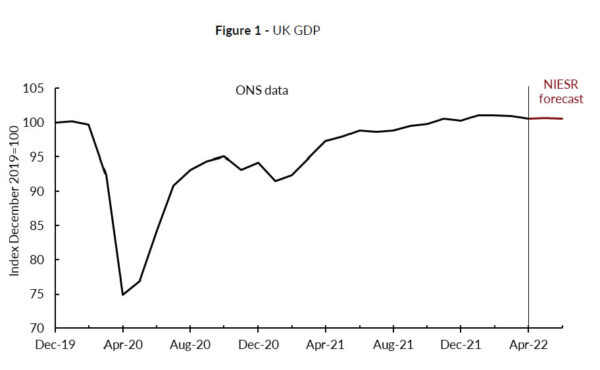
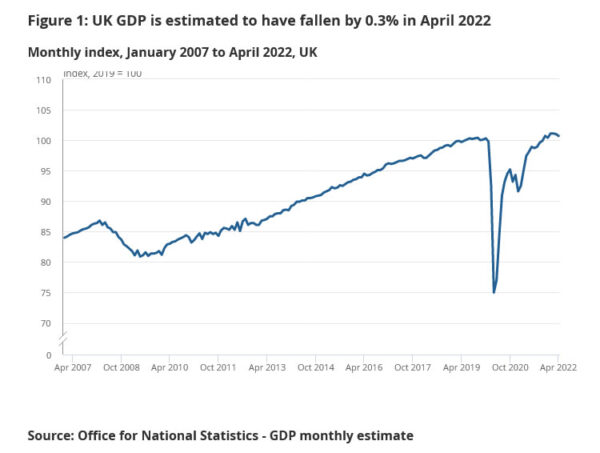


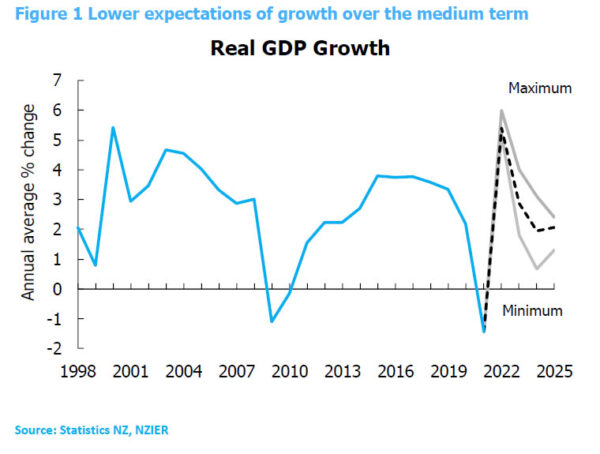
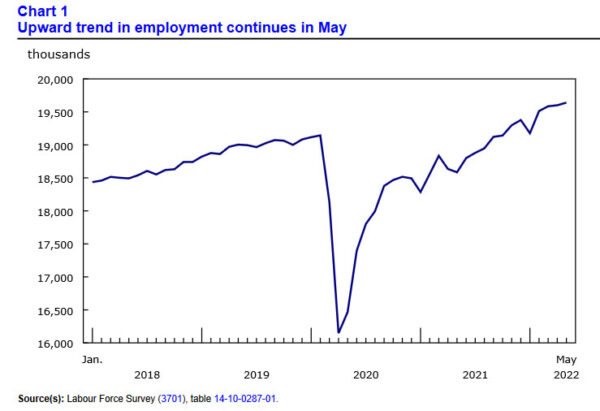
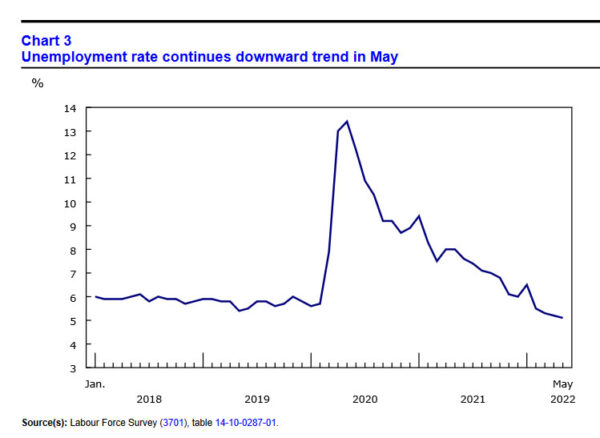

ECB to apply flexibility in PEPP reinvestment, design new anti-fragmentation instrument
ECB said the Governing Council in an ad hoc meeting today to “exchange views on the current market situation” and reiterated the pledged to “act against resurgent fragmentation risks”.
The council decided to “apply flexibility in reinvesting redemptions coming due in the PEPP portfolio, with a view to preserving the functioning of the monetary policy transmission mechanism”.
Also, it decided to “mandate the relevant Eurosystem Committees together with the ECB services to accelerate the completion of the design of a new anti-fragmentation instrument”.
Full statement here.